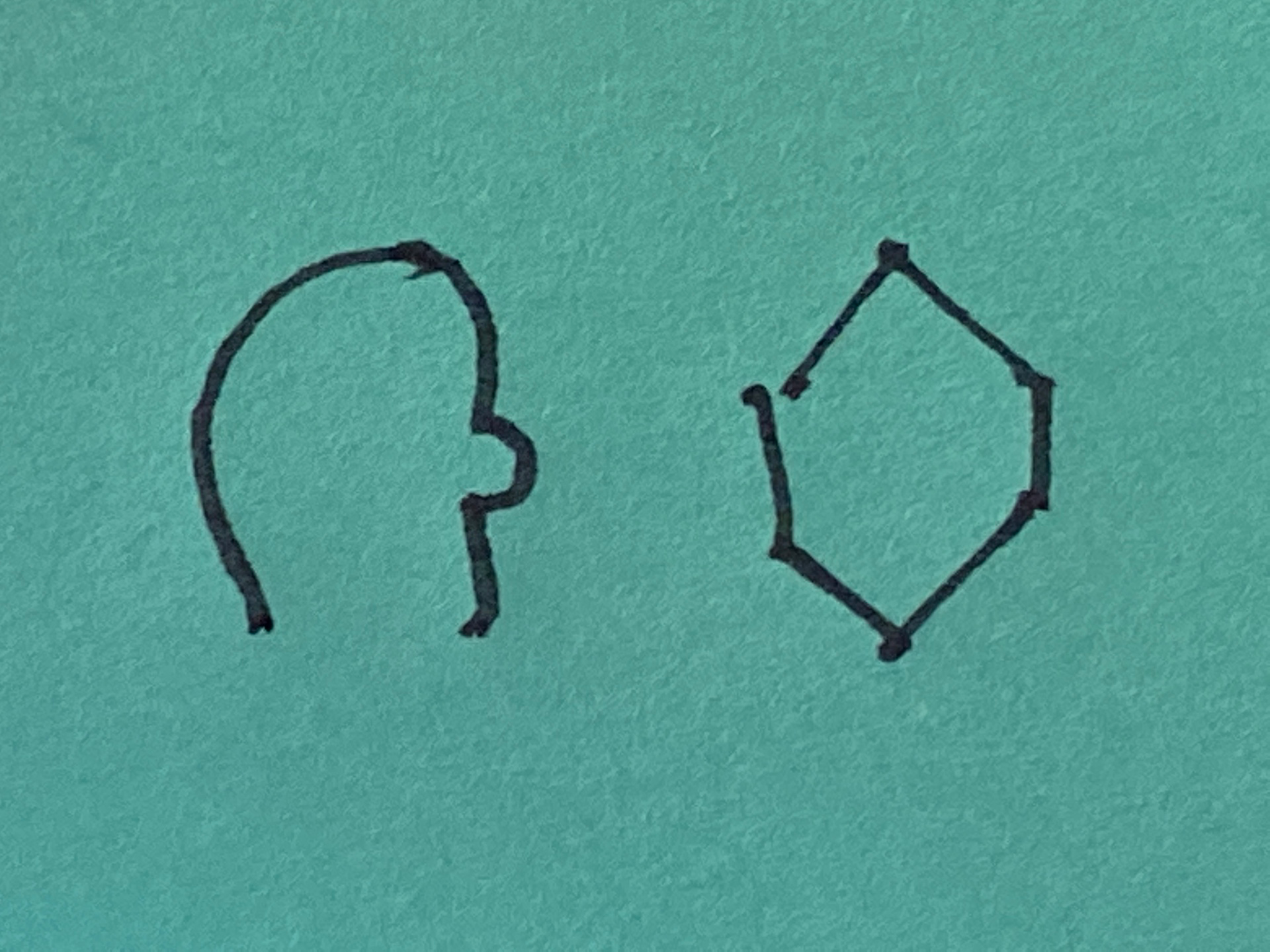Portrait
Create a portrait to visually show ‘who or what’: how objects are related by physical traits.

the most basic aspect of our Sense of Sight allows us to identify objects in the world, and while sharing our experience with others tends to be more difficult, it’s an important part of effective communication.
Once we learned how to read and write, we somehow decided that “show and tell” was no longer a good idea, but telling without showing is dry and difficult.
-
This is one of the six visual frameworks identified by Dan Roam in his book The Back of the Napkin, each answering one of the key questions: who/what, how much, where, when, how, and why. In this case, we’re answering The who/what question.
-
According to Dan Roam, portraits are images that are defined by an object’s own physical traits: their components, shape, proportion, size, color, texture, etc. Some of these physical traits share attributes with other visual frameworks. For example, proportion and size are quantitative and could be shown as a Chart, where a plan or a diagram showing how components spatially relate to each other could be thought of as a Map. The key for a portrait is that you’re emphasizing the qualities of an object that make it visually distinct from others.
-
There are lots of different kinds of portraits, including renderings, profiles, plans, elevations and diagrams.
-
Portraits don’t have to be elaborate. In fact, keeping them simple, more iconic, can help keep the emphasis on the idea rather than the drawing itself.
-
These kinds of simple images can spark our imaginations and connect us with ideas in ways that words on paper just can’t do. If you take a simple list of emotions and add smiley faces to represent each emotion, you can help yourself and others connect directly to what they’re feeling. Pictures bypass the need to translate words into meaning.
Therefore:
Create a portrait to visually show ‘who or what’: how objects are related by physical traits.
To make portraits easier to draw in the moment, build your Visual Vocabulary; use portraits to give life to the elements in a Mind Map or an Inventory